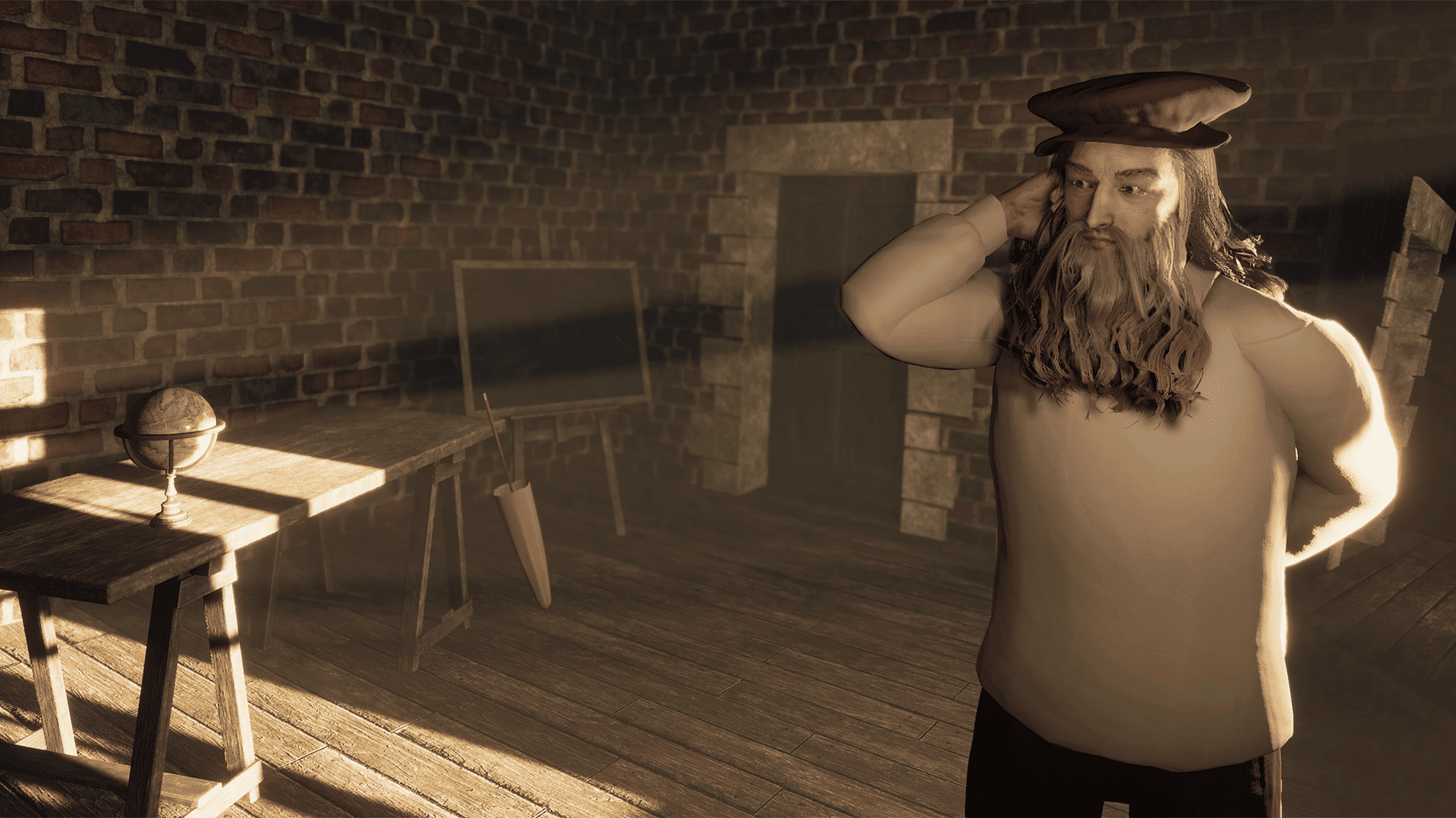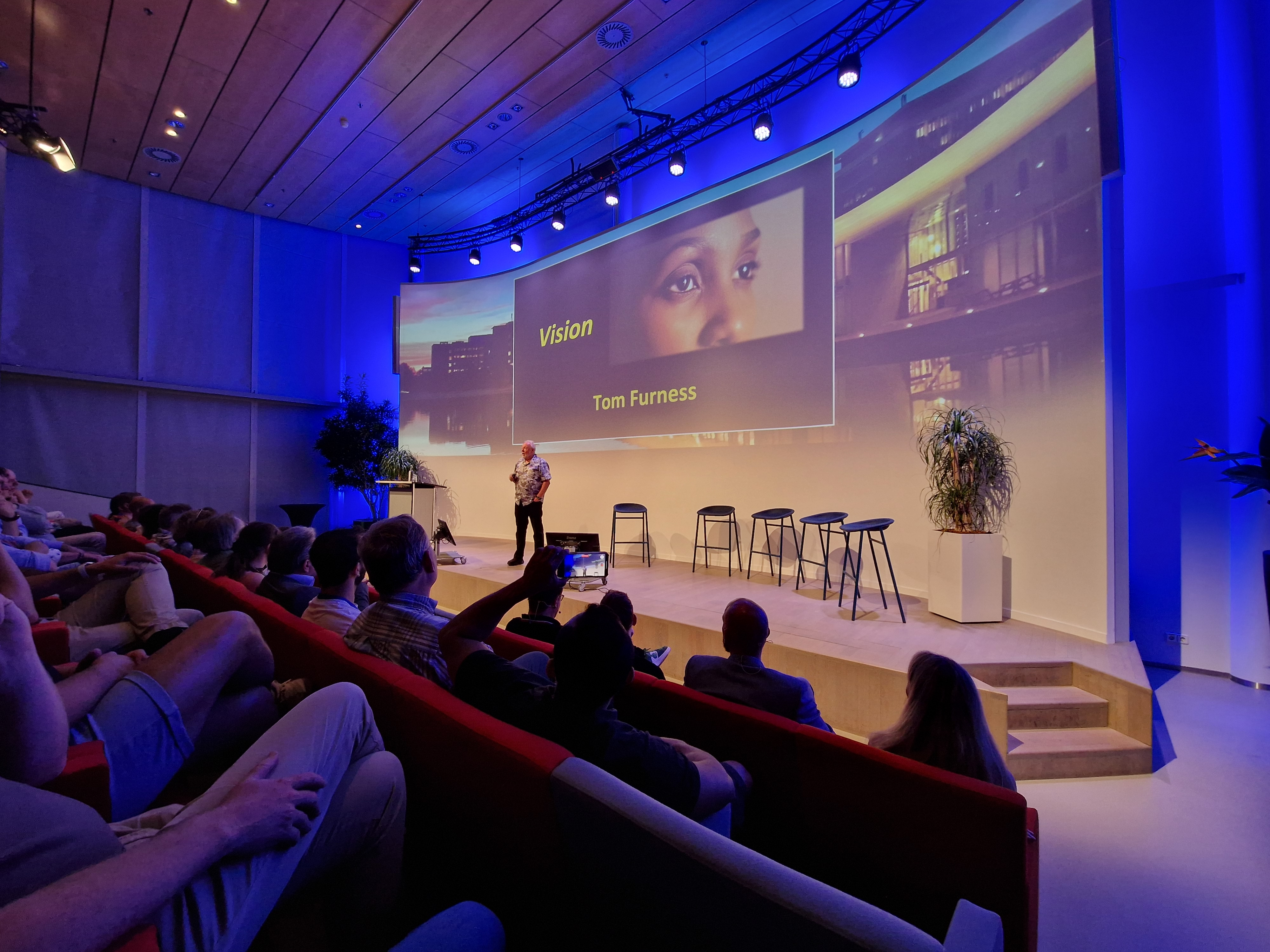
Immerse users in a virtual reality environment, get them to take on an avatar of Leonardo da Vinci and then ask them to carry out creativity exercises, and you’ll see a notable improvement in results. This was the surprising conclusion to an experiment carried out by the University of Rennes Inria Centre and the Laval Institute (a school of engineering in Laval, France), says the university in a press release.
- Da Vinci avatar experiment: 47% more creative ideas, 38% dip in focused thinking.
- VR and AR revolutionize design, education, and other industries.
The project saw participants generating more ideas, however, their performance dipped in tasks requiring convergent thinking. The researchers are now eyeing the potential of virtual reality in diverse fields, including its role in brainstorming sessions.
Da Vinci experiment
The Proteus effect, which is the underlying principle of the experiment, refers to the phenomenon where the behaviour of individuals is affected by their digital representation or avatar. In the context of this experiment, participants were given an avatar of Leonardo da Vinci, chosen for his universal recognition as a symbol of creativity and innovation.
The experiment involved tasks that required creative thinking and problem-solving abilities. The participants, embodied as da Vinci in a virtual environment, were observed for changes in their performances. The results were astounding; there was a 47% increase in the number of ideas generated by the participants.

A dip in convergent thinking
While the experiment led to a boost in divergent thinking, or the ability to generate creative ideas by exploring many possible solutions, it interestingly resulted in a 38% decrease in convergent thinking tasks. Convergent thinking, which involves finding the single best or correct answer to a problem, was apparently not enhanced by the adoption of the da Vinci avatar.
This dip presents a fascinating aspect of the Proteus effect, suggesting that while certain traits of an avatar can enhance corresponding abilities in the user, they may inversely affect other traits. In this case, embodying da Vinci significantly boosted creativity but was not beneficial for tasks requiring a more focused, singular solution.
VR in brainstorming and beyond
The research team is keen on exploring the potential applications of this VR-enhanced creativity boost. One of the proposed applications is in brainstorming sessions. By embodying avatars of creative individuals in a VR environment, brainstorming could be taken to a whole new level, with individuals possibly generating more innovative ideas.
Vr and AR have also been used in various other ways to boost creativity and innovation. For instance, in design fields, allowing designers to visualize and manipulate their creations in a 3D space. This allows for a more immersive design experience and can lead to more innovative designs.
Furthermore, VR and AR have been used in educational settings to foster creativity among students. By providing an immersive learning environment, these technologies can spark students’ imagination and encourage them to think out of the box.






